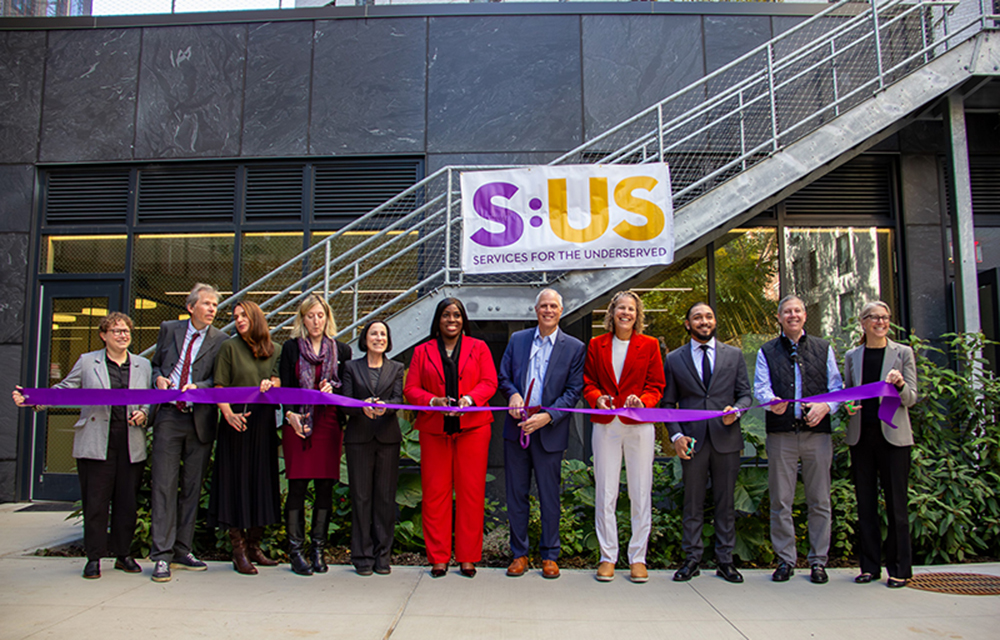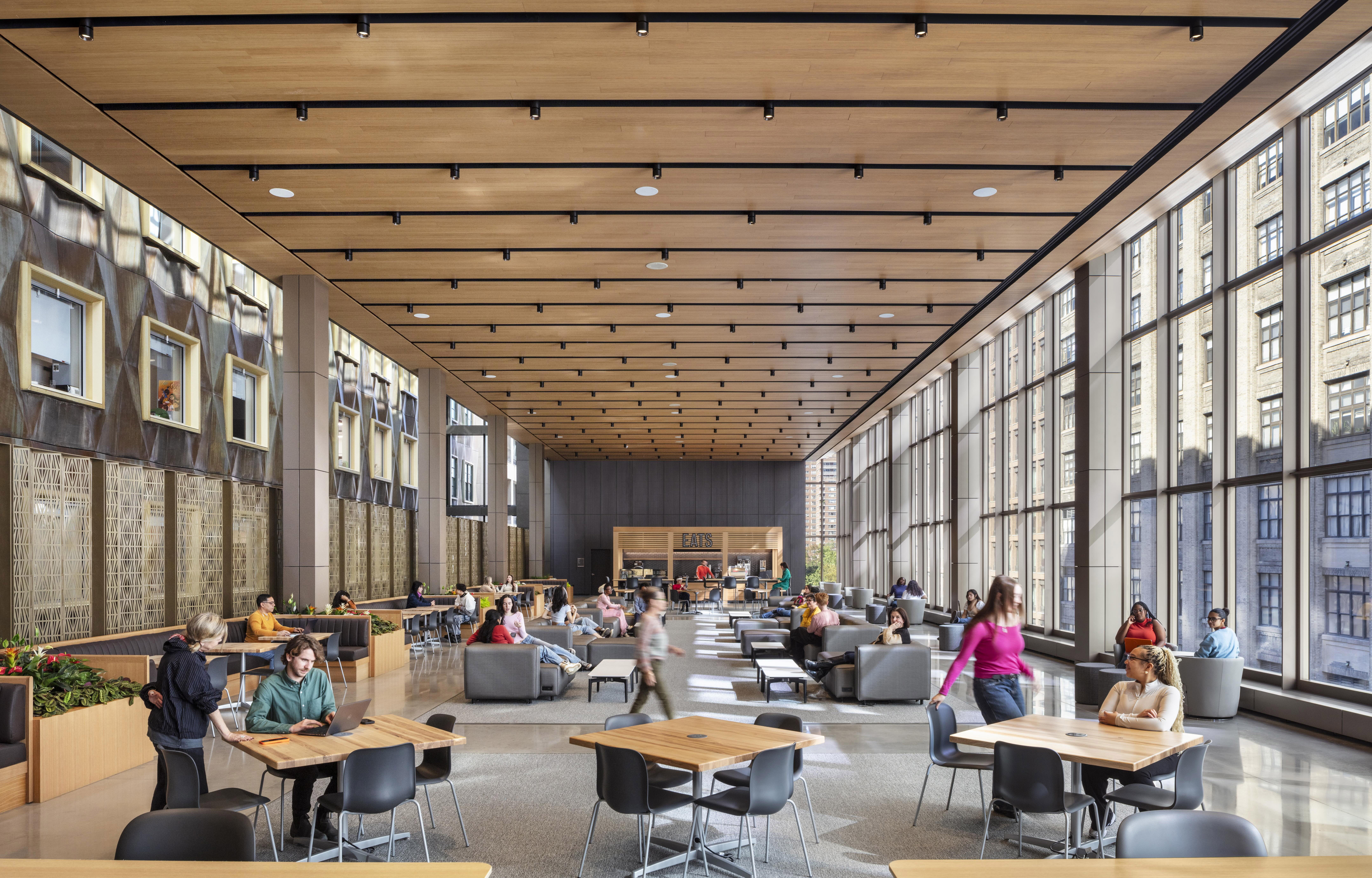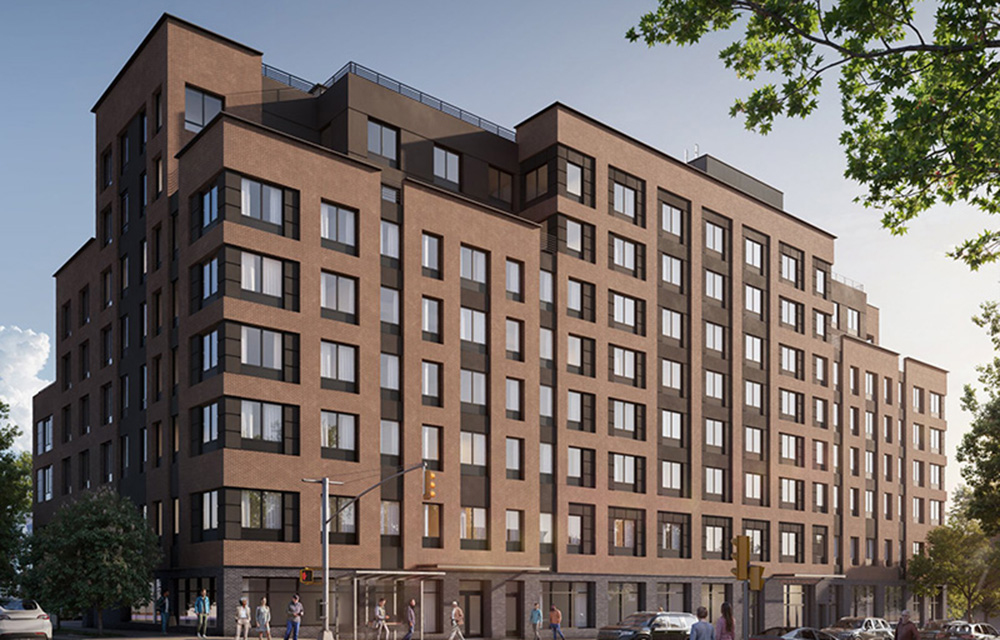News:
Construction Design & Engineering
Posted: December 14, 2010
Looking toward an efficient energy policy for the future
Energy is one of the top priorities for both the private and public sectors in New York. Complex issues related to energy production and availability, cost certainty, services and delivery reliability have a direct and dramatic impact at the federal, state and local levels. To move forward economically and environmentally, New York's leaders must remove administrative impediments that hinder the state's ability to progress. Professional design firms have and will continue to serve the various agencies in trying to improve the process and support the Power N.Y. Agenda's recommendation to reform the N.Y. State Energy Bureaucracy and to institute a fully integrated Energy and Economic Development Policy.
Removing Obstacles, Revising Roles, Reevaluating Rates
One of the greatest obstacles facing all energy development projects in New York is the daunting amount of bureaucracy and interdepartmental overlap. Requirements for submission and site approval for energy projects must be simplified. Revising the Public Service Commission's role to make the commission more accountable will benefit industry and consumers.
In addition, the state needs to reinforce its commitment to distributed generation projects with particular emphasis on combined heat and power generation/cogeneration projects. The resultant reduction in energy costs will make New York State a more economically feasible location for business. Use of the code process as an effective means to improve energy performance and conservation also needs to be continued and encouraged. Moreover, by reevaluating the efficacy of the New York Independent System Operator (NYISO) rate pricing structures against an open market rate pricing structure, energy rate savings can go directly to the rate payers.
In order for the state economy to prosper, private development must be encouraged and supported by the state government.
To that end, New York must expand current and new energy programs such as Property Assessed Clean Energy (PACE) financing, permit On-Bill Recovery Financing, and accelerating alternative energy efficiency programs.
Developing and Delivering Clean Energy
Home to some of the nation's foremost academic institutions, New York is poised to lead the country in Cleantech development as well as to make model improvements in implementing existing alternative energy technologies such as wind, solar, photo-voltaic, wave and geothermal. New York must also promote the use of the best available cable and smart-grid technologies to deliver alternative energy to the end users. The concept of distributed generation as a means of improving the overall energy strategy, along with repowering or replacing existing older technology power plants with newer clean technology facilities, will also promote smart and clean growth.
MORE FROM Construction Design & Engineering
Troutbrook expands with boutique condo project and Marriott Fairfield Inn & Suites renovation
Brooklyn, NY For more than 25 years, Troutbrook/Freud Development has remained focused on executing design-driven projects across the city. Its latest ventures reflect both a continued push into boutique residential development and an expansion








.gif)
.jpg)

.gif)